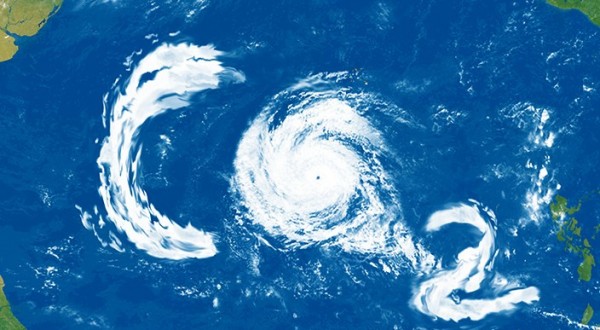IEA Energy Atlas has provided the map of CO2 emissions per country using data taken from the IEA’s annual CO2 Emissions from Fuel Combustion 2016. In particular, it includes data from 1971 to 2014 for more than 140 countries and regions worldwide, by sector and by fuel.
Furthermore, emissions were calculated using the IEA energy databases and the default methods and emission factors from the 2006 IPCC Guidelines for National Greenhouse Gas Inventories.
Global CO2 emissions from fuel combustion rose 0.8% in 2014, to reach 32 381 MtCO2, a 58% increase over 1990 levels. Two-thirds of global emissions for 2014 originated from just ten countries: the People’s Republic of China (28%), the United States (16%), India (6%), the Russian Federation (5%), Japan (4%), Germany, Korea, Canada, the Islamic Republic of Iran and Saudi Arabia (all 2%).
Looking at emissions by fuel, coal, which has a high carbon content per unit of energy, accounted for the largest share of CO2 emissions from fuel combustion (46%), followed by oil (34%) and natural gas (19%).
There are several factors which can help explain the overall CO2emissions level in a country: the size of its population, its energy mix, its GDP etc. In this respect, the detailed CO2 emissions indicators maps on the IEA Energy Atlas are very informative. These maps include total CO2 emissions from fuel combustion, CO2 per GDP, and per GDP PPP – as well as CO2 per TPES and per population.
For instance, when looking at the map of CO2 emissions per capita, one can see that countries from the Middle East have the highest emissions levels, while countries in Africa, using large quantities of fuel wood (considered as non-emitting) show the lowest levels of emissions. Similarly, when looking at the map of emissions per TPES, it will be no surprise to see that countries with large shares of coal and oil in their energy mix have the highest level of emissions, while countries with a large share of renewables and nuclear show the lowest levels.
The IEA Energy Atlas also allows one to look at the evolution of a single indicator for one country, or to make a comparison between several countries.
Further details may be found in the report below
Source: IEA





























































